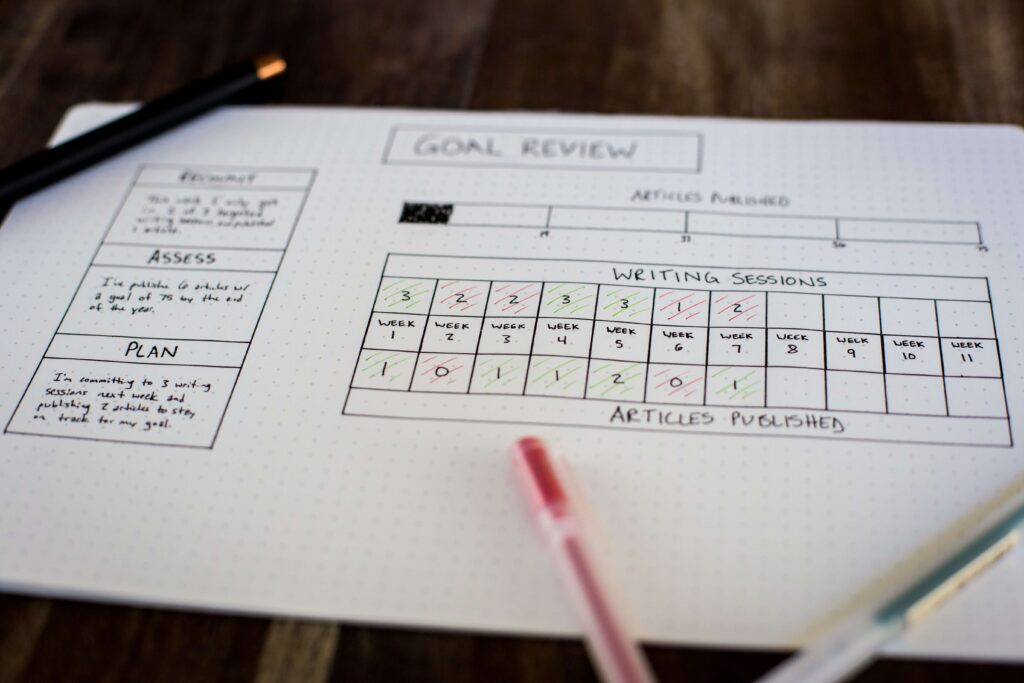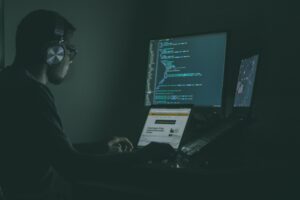In the thriving age of digital transformation, freelancing has emerged as a popular alternative to traditional employment. This shift towards remote workspaces necessitates the usage of time trackers, ensuring employers of continuous work and productivity. Yet, for some professions, constant computer activity doesn’t always equate to ongoing work. While these tools were meant to instill trust and transparency between employers and employees, they sometimes inadvertently create challenges. Enters the realm of innovative tools that simulate system activity, ensuring freelancers don’t lose out due to idle screen times.
Understanding the Constraints of Time Tracking Software
The meteoric rise of remote work, especially post the pandemic, highlighted the need for effective monitoring software1. Employers, aiming to get the most out of their investments, leaned towards time trackers to monitor remote workforce productivity. However, for freelancers, these tools became double-edged swords. On one hand, they promised fair pay for documented work, but on the other, they failed to capture the essence of jobs that didn’t constantly demand computer interaction.
Time trackers, in their very design, primarily focus on computer-based activities. Their logarithms struggle to capture genuine moments of ideation, brainstorming, or even breaks that freelancers take in between tasks. This gap between actual productivity and recorded computer activity leads to discrepancies in work records, often making it look like the freelancer wasn’t working when, in fact, they were.

When Productivity Doesn’t Mean Constant Activity
Let’s delve deeper into the world of jobs that necessitate pauses, contemplation, or idle intervals. A chat support agent, for instance, might be waiting for an inquiry to pop up. This waiting game is essential to their job, ensuring they’re available the moment a customer reaches out. However, to a time tracker, this waiting could seem like inactivity.
Similarly, a graphic designer doesn’t just magically conjure designs. They undergo a rigorous ideation phase, brainstorming, sketching on paper, or just letting their thoughts marinate to land that perfect concept. It’s a crucial part of their job – a segment where they aren’t fervently typing away or clicking around but are still at work. Yet, conventional time trackers flag these hours as “inactive.” Such professions are paid not just for their active computer time but also for their expertise, creativity, and responsiveness.
Potential Solutions for the Modern Freelancer
Traditionally, freelancers have used a myriad of methods to ensure they aren’t short-changed by time trackers. These include setting alarms to remind them to move their mouse or using auto-clickers. However, these solutions are more like band-aids on a deep-seated issue. With the introduction of tools like IdleBuster, the game is changing. Such software subtly ensures that even in moments of genuine inactivity, the system logs it as active time, ensuring that freelancers don’t lose out.
The beauty of an application like IdleBuster lies in its automation and human-like simulation. It doesn’t merely move the cursor in a predictable fashion but emulates genuine human activity, making it a near-indispensable tool for the modern freelancer. And while there might be a few ethical eyebrows raised at this, one cannot ignore the growing demand for such solutions in the freelance ecosystem.
Ethical Considerations
The influx of such tools has brought to light an essential conversation about ethics in the remote workspace. One might ask, isn’t using IdleBuster to trick a time tracker deceptive? But the answer isn’t black and white. It hinges on the balance between actual work and simulated activity. If a freelancer is genuinely working, brainstorming, or waiting for a client’s response but their computer remains idle, tools like IdleBuster merely bridge the representation gap.
Trust, after all, remains paramount in remote workspaces. It’s vital for employers and clients to understand that genuine work doesn’t always manifest as non-stop typing or incessant mouse clicks. Therefore, while tools like IdleBuster fill a current need, the ultimate goal remains to build a remote work environment grounded in understanding and trust, rather than mere screen activity.
Most Commonly Asked Questions
Time tracking software helps employers monitor the work hours and productivity of remote employees, ensuring that they are compensated for the time they actually spend working.
While time trackers can incentivize employees to stay focused during work hours, they may also add pressure, especially if constant activity is expected, potentially affecting the quality of work.
Some job roles, like graphic designers or chat support agents, have inherent periods of inactivity due to ideation phases or waiting times. Continuous activity monitoring can misrepresent their productivity and work hours.
The ethics surrounding activity-simulating tools are nuanced. While the intention should never be to deceive employers, these tools can help represent actual work hours for roles that don’t demand constant computer interaction.
Open communication is key. Employers can regularly check in with employees, understand the nature of their work, and adjust monitoring tools or expectations accordingly.
Employers can focus on results and outcomes rather than hours worked. Project-based milestones, regular updates, and open communication channels can also be effective ways to gauge productivity.
The digital transformation and rise of remote work challenges traditional notions of productivity. Not all valuable work translates to constant computer activity, hence the need to evolve our understanding.
Trust can be built through regular communication, setting clear expectations, focusing on results, and providing feedback. A results-oriented approach rather than activity-based monitoring can foster a more trusting remote work environment.
Freelancers often juggle multiple projects and might have varied work patterns. Rigid time tracking can be particularly challenging for them, especially when they need flexibility.
Yes, there are collaborative tools, project management software, and communication platforms that can provide insights into work progress and team productivity without invasive monitoring.
Conclusion
The contemporary challenges faced by freelancers in the age of digital monitoring demand innovative solutions. Tools like IdleBuster are not merely software but represent a response to the evolving dynamics of remote work. As the lines between office and home blur, the tools we use and the ethical considerations they invoke will continue to shape the future of freelancing. And while simulated activity tools address a present need, they also underline a larger quest – for a more equitable and understanding remote work milieu.




